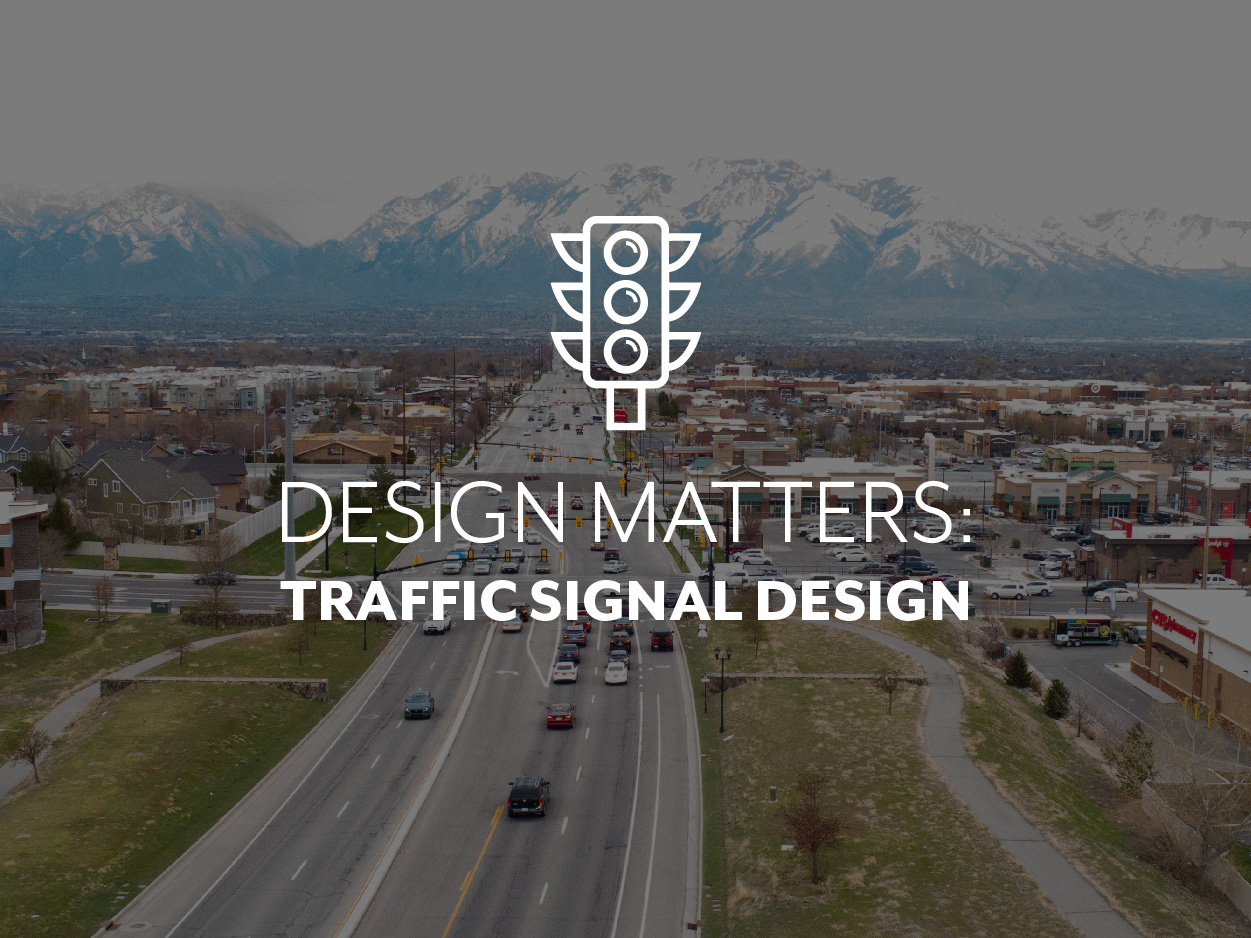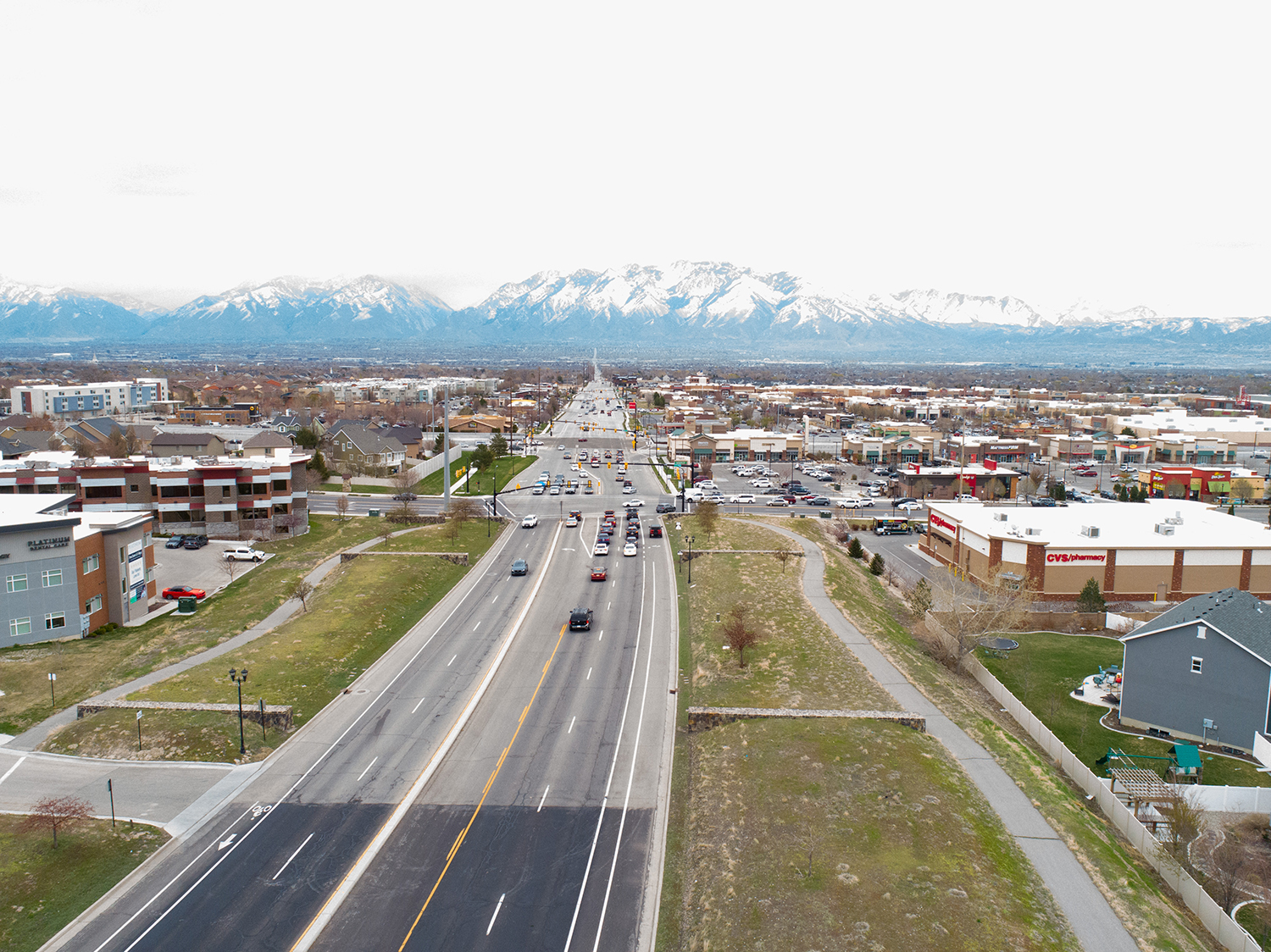
Traffic Signal Design in Utah
We usually take them for granted on the road: the traffic lights and signals that safely move us on our way. But what’s involved in traffic signal design? A visit with Jason Watson, Transportation Department Manager at FOCUS proved to be insightful.
Signals are an important aspect of our transportation system and help to improve safety at intersections. In most cases, they provide control and timing to traffic flows so users can make the appropriate traffic movements, for example a left turn or entering onto a busy street. However, according to Watson, if unwarranted signals are installed they can introduce safety concerns, increase the traveling times, and crashes can increase.
Determining the Need for Traffic Signals
So, how do you know if and what type of a traffic signal is necessary or required? “Signals are determined by the lane configuration and amount of traffic at an intersection. A signal warrant analysis can be performed at an intersection to determine if a signal is needed at a specific location,” said Watson.
Designing Traffic Signals
Traffic signals are designed using specific agency design standards. Most signals in Utah use Utah Department of Transportation (UDOT) standards, however some agencies specify their own unique standards. The signal heads (red, yellow, green lights) have different sizes and types. Determining which size and type is based on the speeds of the road, lane configuration and widths at each intersection. Signals are also designed using the Manual on Uniform Traffic Control Devices (MUTCD) which provides federal guidelines on signal design. When placing the signal poles and foundations, another important requirement is ensuring there is enough Right-of-Way (ROW) on all corners to place equipment within the existing or proposed ROW. Signal poles also need to be placed with enough clearance to meet specific ADA requirements.
Challenges and Priorities
Watson, who has personally designed over 100 traffic signals throughout Utah, Arizona, Colorado, and Nevada, described some typical challenges and priorities when designing traffic signals. “First, it’s crucial to make sure the ROW has been either surveyed or researched at the start of the project. An accurate survey of the existing roadway and striping, or a design drawing of a proposed roadway and striping is also important. This helps to make sure signal heads are placed in the right location. Another consideration is carefully placing poles at specific locations from pedestrian ramps to meet ADA requirements,” said Watson.
FOCUS Transportation Services
The transportation team at FOCUS performs traffic signal design for numerous local government clients, including UDOT. In addition to UDOT traffic signal training, FOCUS transportation professionals have been certified as IMSA Traffic Signal Designers and IMSA Traffic Signal Technicians Level 1 and 2. For more information on traffic signal design or other transportation services, contact Jason Watson at jwatson@focus-es.com.

